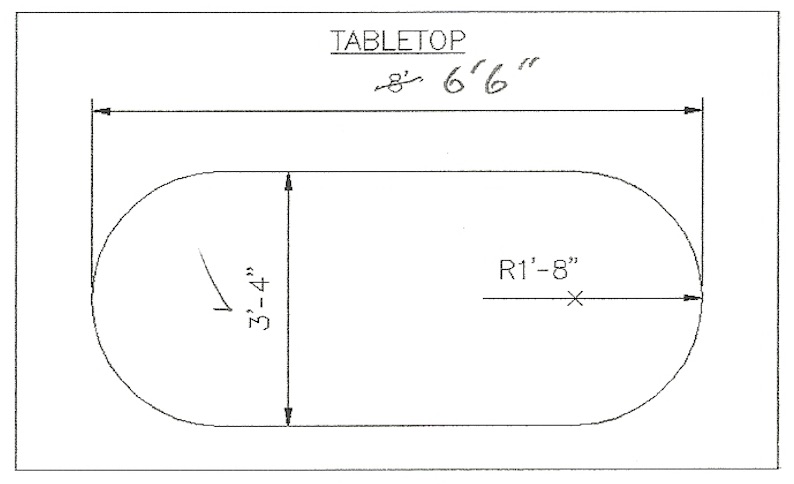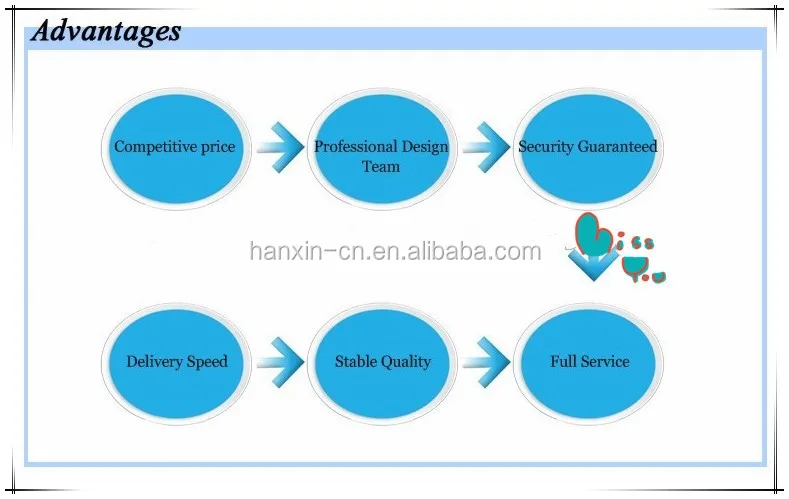Poker Table Size
Product Title Zeny Folding Poker Table Top Portable for 8 Casino Player Tri-Fold Poker Table Top w/Carrying Case Average Rating: ( 4.3 ) out of 5 stars 4 ratings, based on 4 reviews Current. Jun 15, 2018 Size: For octagonal tops the main consideration is how much space it takes up when bagged and stored. Many people use their poker tops on tables which are larger with many people using 48' tops on 60' (5 feet) round tables. They can also be used on square tables.
A poker table or card table is a table specifically designed for playing card games.
Traditional card tables[edit]
The card table arose around 1700 as card games became wildly popular in Europe.[1][2] The manufacture of card tables as fine home furniture lasted to the middle of the 1800s.[1][2] Card tables made in this era often had a folding top, which enabled them to serve as pier tables, console tables, or end tables when not in use. Styles ranged from simple to elaborate, with higher-end card tables featuring inlaid wood or stone, extensive delicate carvings, and expensive veneers. Some even had indentations carved into the playing surface to hold playing tokens, and slots around the rim which served as candle-holders.[1] Semicircular (or 'D' or 'half-round') tables 36 inches (91 cm) in diameter (when opened) were the most popular card table in both North America and Europe.[3]
Typical American card tables from the late colonial and early American periods feature simple, straight lines, an ovolo corner, and square-tapered legs.[4] Furniture makers in New York often created card tables with a fifth leg (to support the opened top) hinged to the rear of the table, long reeded legs with swelled feet that end in cylinders, and veneered sides and crossbanded edges around the leaves and table.[5]

Modern poker tables[edit]

The modern poker table is a form of card table which is often covered with baize (a type of felt) or speed cloth (a Teflon-coated fabric) to help the cards slide easily across the surface. It is either an actual table or a fold-out tabletop surface. Those used in professional televised poker feature 'pocketcams' which can view a player's pocket, or hole cards. Such tables are usually fairly oval-shaped, with the players sitting around a curve of the table with a dealer facing them in an indented area of the table made specifically for the dealer. In amateur poker, tables are often oval, round or octagonal, using a rotating dealer position. The edge of the table is usually padded and raised slightly for the players to rest their arms, and this section is called the 'rail'. There is often a section of wood between the rail and the playing surface; this is called the 'race track' and often features cup holders as well. The center of the table often features an image, usually the name or logo of the casino or house where the game is being played.
References[edit]
- ^ abcLandon 1991, p. 30.
- ^ abTaylor & Warren 2012, p. 184.
- ^Zimmerman, Butler & Hutchins 2004, p. 53.
- ^Zimmerman, Butler & Hutchins 2004, p. 54.
- ^Zimmerman, Butler & Hutchins 2004, p. 55.
Bibliography[edit]
- Landon, Eugene E. (1991). 'Making a Hepplewhite Card Table'. In Burrows, Dick (ed.). The Best of Fine Woodworking: Traditional Furniture Projects. Newtown, Conn.: Taunton Press. ISBN9780942391930.CS1 maint: ref=harv (link)
- Taylor, Lonn; Warren, David B. (2012). Texas Furniture: The Cabinetmakers and Their Work, 1840-1880. Austin, Tex.: University of Texas Press. ISBN9780292739420.CS1 maint: ref=harv (link)
- Zimmerman, Philip D.; Butler, Tom; Hutchins, Catherine E. (2004). American Federal Furniture and Decorative Arts from the Watson Collection. Columbus, Ga.: Columbus Museum. ISBN9781882650170.CS1 maint: ref=harv (link)
Measuring and Cutting Your Octagon Poker Table
Making The Perfect Octagon Poker Table
Since we're starting with an 8 foot sheet of plywood, the first thing we have to do is cut our wood in half. All you have to do is measure 48 inches from on side and draw a straight line from top to bottom (Figure 1-1). This will seperate our plywood into what we will call sheet A and sheet B.
After you have your line drawn, its a good idea to take a few measurements to make sure that it is true. Once you are happy with the mark, run your circular saw accross it and seperate sheets A and B creating two perfect 4' squares (Figure 1-2).

This is where things could get complex. Fortunately we have already done the math for you. To make the perfect octagon poker table you will measure in from each corner 14 1/16' and make a mark (Figure 1-3). This is a strange measurement, but this is also an odd shaped poker table so we'll let it slide. Once you have all 8 marks done, you can simply connect the dots on each corner (Figure 1-4). If you want to double check your work before cutting, each side of the octagon should be 19 7/8' long. Remember that being off by an eight of an inch or so is not the end of the world as the entire table will be upholstered very soon. Note that these measurements and cuts need to happen to both A and B.
Once you are happy with all of your measurements, you can cut along the lines with your circular saw. At this point your octagon poker table will begin to take shape. Now with your tape measure, measure and mark 2' from the edge on all 8 sides of sheet A and connect the marks to make a 2' ring around the entire octagon (Figure 1-5). This process should be repeated with sheet B but measuring 4.5' from the edge (Figure 1-6). These pieces will eventually become the top and bottom of your octagon rail.

If you are happy with your marks, its time to cut them out. Keep in mind that you will be using the outer ring and the inner octagon from both pieces of wood so be careful. The easiest way to cut these rings is to drop your circular saw into the straight edges and cut that area first. Then you can clean up the corners with a jig saw and everything should come appart clean. When you're done, we will end up with 4 different pieces of wood that we will refer to as A, B, C, and D (Figure 1-7).
Standard Poker Table Size
Now you can relax and put down your power tools. All of the cutting is done. With the wood work behind up, its time move ahead to Step Three - Building the Octagon Playing Surface.